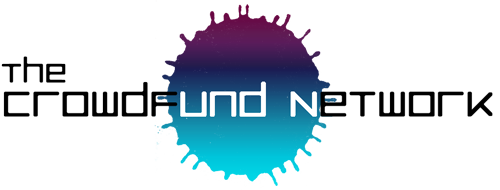Note from Editors
The step-by step process in founding Bottlekeeper without employees. The founders were able to obtain seven-figure revenues, and operate the company anywhere provided there is an Internet connection.
by Adam Callinan
Recently I wrote a general overview, similarly titled, of the steps someone can put in place to lay the foundation for an #automated #business that might give you the ability to create seven-figure revenues, without the need for employees. Now I’m going to tell you, step by step, exactly what my co-founder and I did at BottleKeeper to accomplish this.
I do want to be clear that I’m not writing this column to plug my own company — instead, it’s being written as a direct result of feedback from fellow Entrepreneur.com readers from the last piece.
Here are the details about the product and business we created that has allowed us to generate seven-figure revenues without employees, while maintaining the ability to operate the company from anywhere in the world with an Internet connection.
So, how did it happen?
It started with launching an off-the-shelf ecommerce site toward the end of a #crowdfunding campaign in late 2013, which was set up on WordPress with Paglines DMS, a “drag and drop” front-end editor, and WooCommerce.
If this sounds complicated, know that anyone with a computer can set this up in 10 minutes, and there are even more simple alternatives such as Shopify and Squarespace for ecommerce needs. Once live, the site was constantly tweaked and improved as we seemingly fumbled around in an attempt to figure it out.
With the continued development came the need for solutions that were well beyond my programming expertise — which is virtually none. The good news is that you can “plug in” a solution to nearly any issue or desire that you can imagine, many of which are free and take 30 seconds to configure. In our first website we had up to 32 different plugins running simultaneously, which is a ton, but our sales processes were completely automated.
One of the most important plugins was a rewards and referral program, which was and is still aggressively based on “refer a friend, get a free BottleKeeper.” This was huge for leveraging consumer social sharing because it wasn’t the “get 10 percent off” that you typically see — we quickly learned that a bonus program must be significant to gain real traction.
The Facebook video push
When Facebook launched its video-ad platform in mid-2014, we had been experimenting with image-based ads, but with minimal success. So I made a short video of BottleKeeper in action with an off-the-shelf camera, edited it in iMovie and posted it in the “video views” category of the new platform. We targeted a fairly broad group of U.S.-based consumers between the ages of 25 to 64 with behavioral interests in common-sense topics such as beer, sports and outdoors, tailgating, boating, etc.
Image credit to bottlekeeper.com
This post was originally published on this site

No Comment